With the Department of Health and Human Services' decision to tie 90 percent of Medicare payments to value based models by this year, we can expect organizations to move even faster toward streamlining their population health management programs. But a survey from Managed Healthcare Executive notes that only 12% of survey respondents say their organization is using data “very well” and it’s making a “big impact” at their organization, the same percentage as 2016. Obviously there is still a steep learning curve.
I will admit that claims data has its purpose. However, claims data represents the very small amount of a patient's life in which they come through our doors for care. The vast majority of our patients’ life is lived at home. It is at home that we can have the most impact on how patients take care of themselves. A proactive value based healthcare strategy demands insight into patient health behaviors. The most effective population health strategy will provide clinical decision support around compliance to our evidence based recommended health behaviors and predictive analytics on those trends.
Here are 7 reasons relying on claims data cannot drive significant patient health improvements.
- Claims data lacks important clinical detail. Claims data excludes important other data such as labs and radiology.
- Claims data lacks context.
- Claims data excludes social determinants of health.
- Often times claims data is WRONG. As providers we utilize claims to get paid and often times diagnoses work their way into charts that simply aren’t true.
- Claims data is RETROSPECTIVE. In other words it only tells you what happened after the fact. Hospital claims data largely is related to existing chronic disease and its complications. We know that 75 to 80% of hospital work is related to chronic disease. It can result in tertiary prevention at best.
- Claims data LACKS INSIGHT into our patients health behaviors.
- Claims data is inherently PROVIDER centric. Patients don’t care about claims (except in the context of reviewing their healthcare bill). Patients care about their health.
We need to get involved in the “blind spot” while patients are away from our offices. We need to be able to track the proactive aspects of patient care with prevention intervention. We need to get providers the ACTIONABLE data on patient prevention metrics.
This is what we providers want. We want our patients to get better faster. We want to leverage our relationships with patients to provide real influence over their health behaviors during the blind spot while they are living their lives.
Natalie Hodge MD
Chief Medical Officer
PreventScripts




